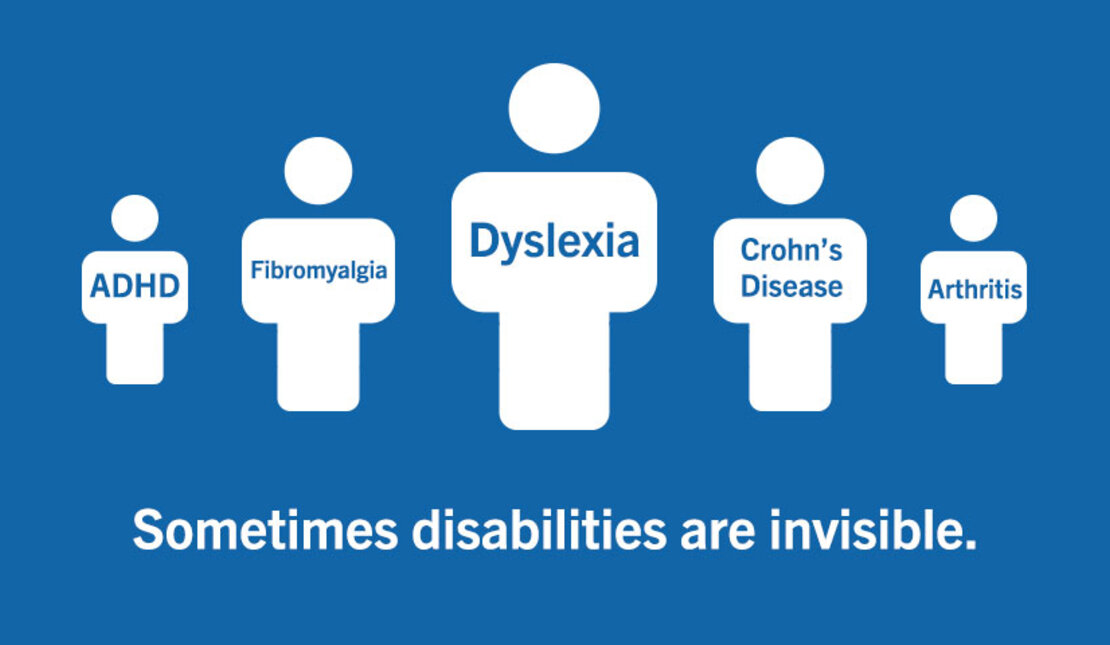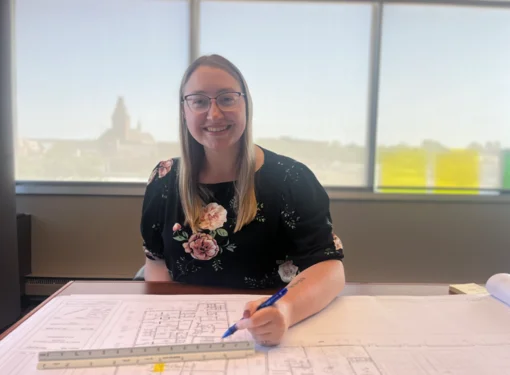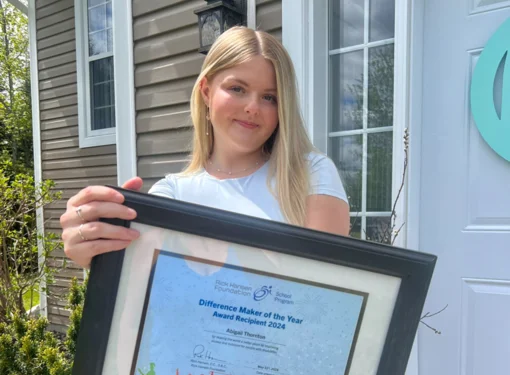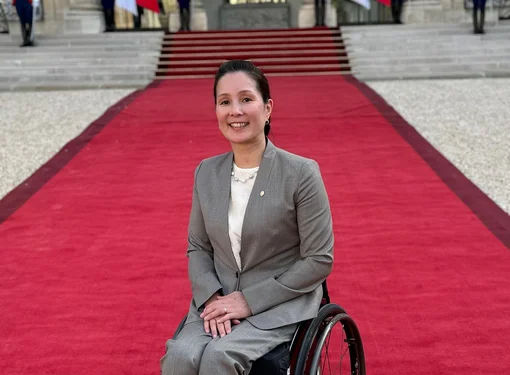Let's Talk About Invisible Disabilities
Disabilities can come in many different forms. Most people are familiar with a "visible" disability; a neighbour down the street uses a wheelchair or a friend of a friend has a guide dog, but what about someone with a disability that’s not visible? An invisible disability is just as life-affecting as a visible one, but they’re not as talked about and easily understood.
What is an invisible disability anyway? Loosely defined, an invisible disability is a disability that is not immediately noticeable. They can include brain injuries, chronic pain, mental illness, gastro-intestinal disorders, and much more. Because they’re not obvious to spot, invisible disabilities may be overlooked and misunderstood. And unfortunately, this can lead to discrimination or exclusion of those with an invisible disability.
A person with an invisible disability may find it difficult to talk about their disability and the daily challenges they face. For example, a woman with a gastro-intestinal disorder needs to continually use the restroom during work hours. The woman may be embarrassed and fears being treated differently, so she doesn’t discuss it openly with her coworkers. Her coworkers, who aren't aware of her needs, develop negative ideas and attitudes about her behaviour; they lack the knowledge and information to change their perceptions and attitudes. This lack of awareness and understanding, and the resulting attitudes, can hurt a person with an invisible disability in many ways and limit them from reaching their full potential.
The “hidden” quality of invisible disabilities means there is an increased need for creating awareness and changing attitudes. How can this be done? These kinds of changes often start simply with conversations that help educate and encourage understanding. Removing the social stigma involved with disclosing an invisible disability, and having colleagues, teachers, employers and others try to be more accommodating and accepting of the unique challenges faced by those with invisible disabilities can also help create a more inclusive society.
It’s important to change the way we talk and think about invisible disabilities. Open communication and open minds are key. Keri Vandeberg, a young woman who is an advocate for invisible disabilities, and has one herself, stresses that “all disabilities are just differences” — a good point to remember when trying to foster understanding, acceptance and inclusiveness for everyone.
To learn more about invisible disabilities, or find support, here are a few great resources:
Invisible Disabilities (Psychology Today)
Invisible Disabilities Association
Invisible Illness Awareness Week
Four ways to be an ally to people with invisible disabilities (Everyday Feminism)
Duty to Accommodate: A General Process for Managers






